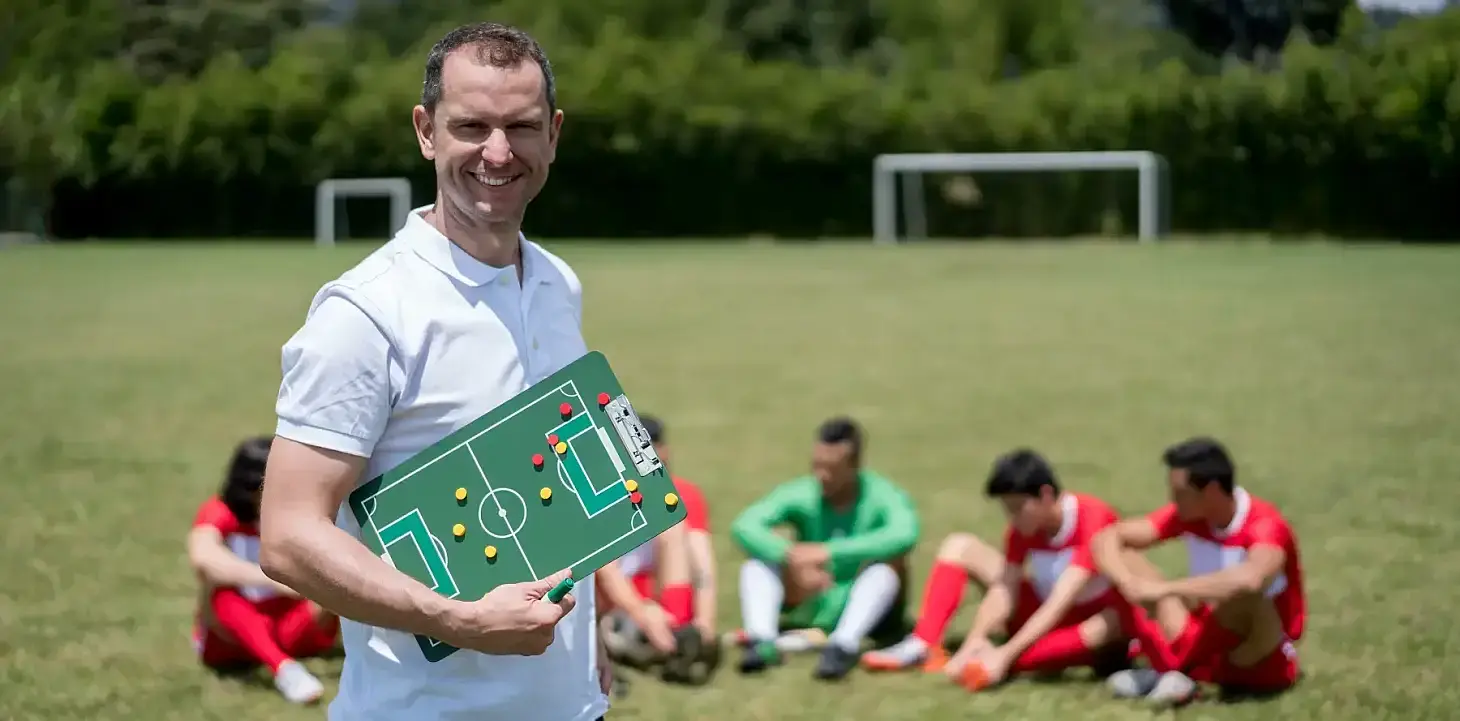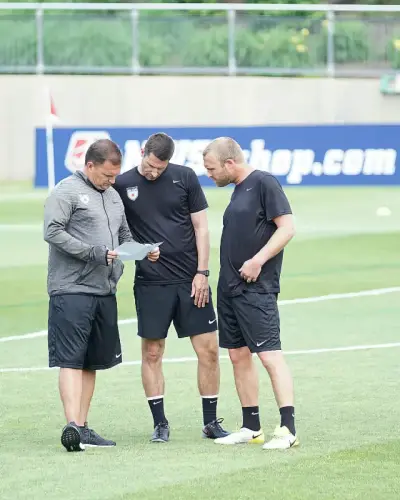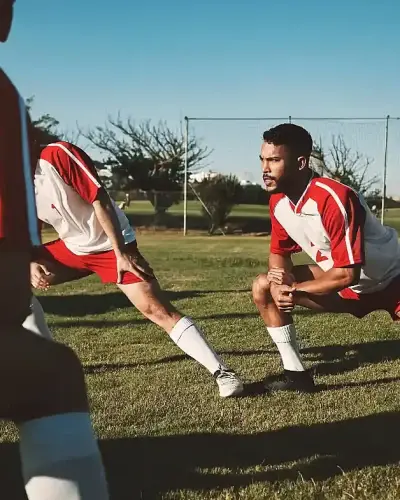Adapting Tactics During a Match: When the Game Plan Fails
As a coach, you invest hours into preparing the perfect match strategy, drilling tactical principles, and fine-tuning team movements. However, even the best-laid plans can fail—your team struggles to control possession, fails to create scoring chances, or is simply overrun by the opponent. What can you do to regain control and shift the game in your favor?
1️⃣ Identifying the Core Issue
Before making adjustments, it's critical to diagnose the problem. Ask yourself:
🔎 Is the entire tactical setup flawed?
🔎 Or are minor adjustments enough to turn the tide?
While halftime offers the most time for major changes, a good coach must have the courage to adapt on the fly, sometimes just 10–15 minutes into the game, if the initial plan clearly isn’t working.
However, any tactical shift should be familiar to the players—unprepared changes can create confusion and hesitation, leading to even greater disorganization on the field.
2️⃣ Player Substitutions: The Easiest Tactical Fix
The simplest and quickest adjustment is bringing on the right player for the right situation:
✅ Losing midfield battles? – Introduce a ball-winner to regain control.
✅ Lacking pace in attack or defense? – Add a speedy winger or faster full-back to stretch play.
✅ No depth in attack? – Bring on a striker who makes deep runs behind the defense.
With five substitutions now allowed in most leagues, coaches have more flexibility to fine-tune their strategy without making drastic tactical overhauls.
3️⃣ Adjusting the Formation: Higher Risk, Higher Reward
If substitutions alone don’t solve the problem, modifying the team’s shape and structure can make a bigger impact. The key is to maintain core tactical principles while creating advantages in critical areas of the pitch.
🔹 Defensive Adjustments (Off the Ball)
📌 Pressing adjustments – If a single forward pressing the opponent’s build-up isn’t working, switch to a two-striker press to cut off passing lanes more effectively.
📌 Deeper defensive block – If the opponent is playing through your high press, drop into a mid-block or even a low block to stay compact.
💡 Tip: Instead of overwhelming players with complex shifts (e.g., "Switch from a 4-2-3-1 to a 4-4-2"), simply instruct them to change pressing triggers or defensive roles.
🔹 Attacking Adjustments (On the Ball)
📌 Struggling against high pressure? – Switch from a two-player build-up to a three-player build-up, giving your defenders more passing options and allowing full-backs to push higher.
📌 Not breaking through a compact defense? – Instead of forcing short passes through the middle, utilize the wings more, switching from a 4-2-3-1 to a 4-3-3 for better width.
📌 Need more defensive security? – Shift from a four-man backline to a three- or five-defender setup for extra cover.
🔹 Example Tactical Shift:
➡️ If your opponent dominates central midfield, switching from a 4-2-3-1 to a 4-3-3 can give you an extra midfield presence.
➡️ If your opponent parks the bus, floating early crosses behind the defense instead of trying to dribble through can create better scoring chances.
4️⃣ When It’s Time to Change the Game Plan Completely
Sometimes, sticking to your core philosophy isn’t enough—your high-pressing strategy is getting bypassed, or your possession-based attack keeps hitting a defensive wall. In such cases, you must adapt:
⚡ Getting bypassed in pressing? – Drop deeper and defend compact.
⚡ Struggling to penetrate a packed defense? – Use long balls and aerial play instead of intricate passing.
⚡ Not getting into shooting positions? – Cross early into dangerous areas instead of forcing play through the middle.
Final Takeaway: Be Bold, but Stay Smart!
✅ Be proactive, not reactive—if things aren’t working, change them early.
✅ Keep tactical shifts simple and clear to avoid overwhelming your players.
✅ Know your squad’s strengths and adjust tactics accordingly.
✅ Balance creativity with discipline—innovation is great, but too much chaos can hurt your team.
🔹 Bottom line? Sometimes, the best strategy is adapting in real-time—and a coach who can read the game and adjust quickly will always have the edge. ⚽🔥






